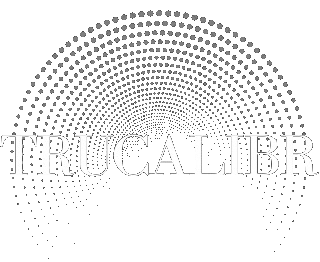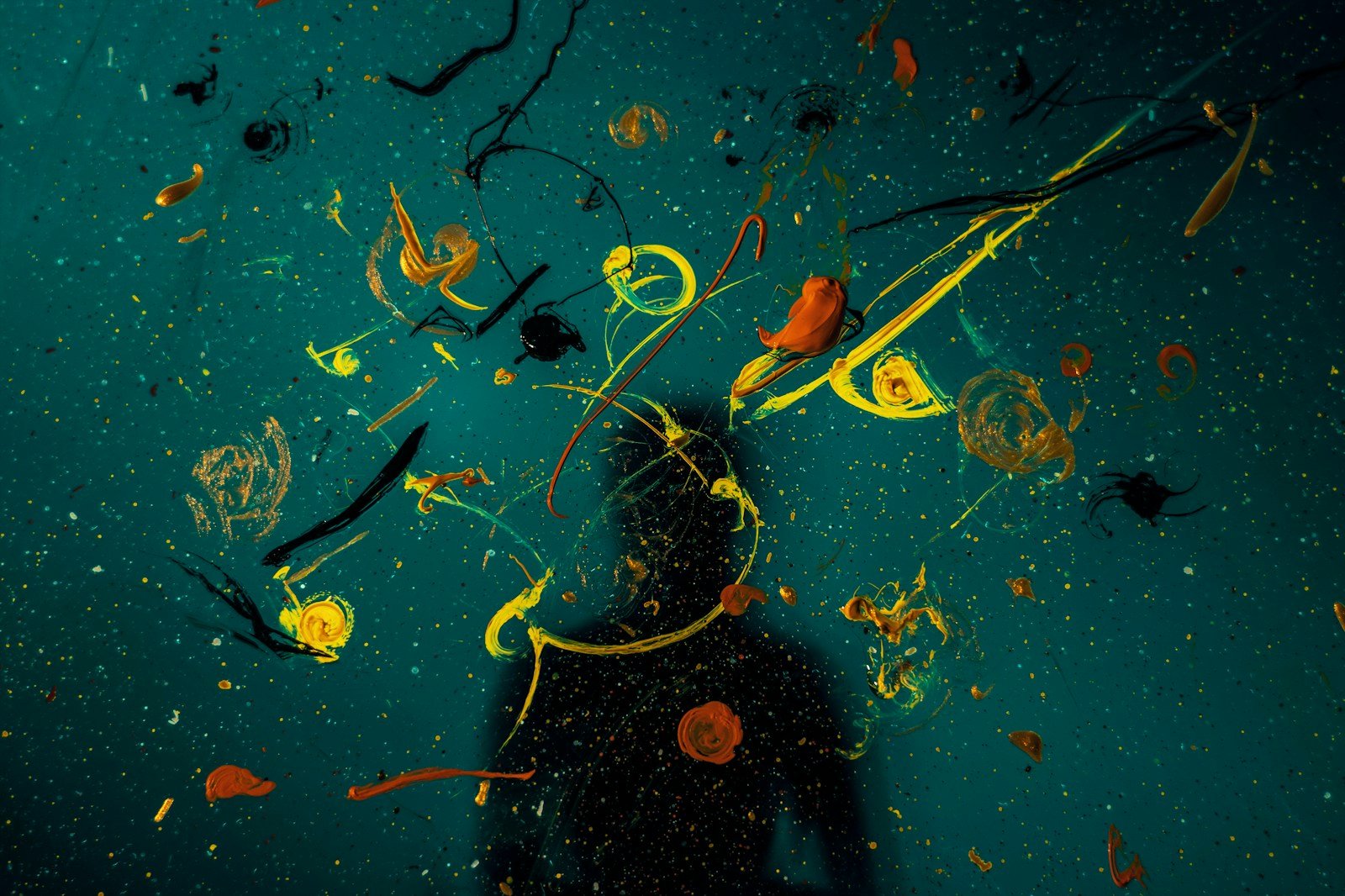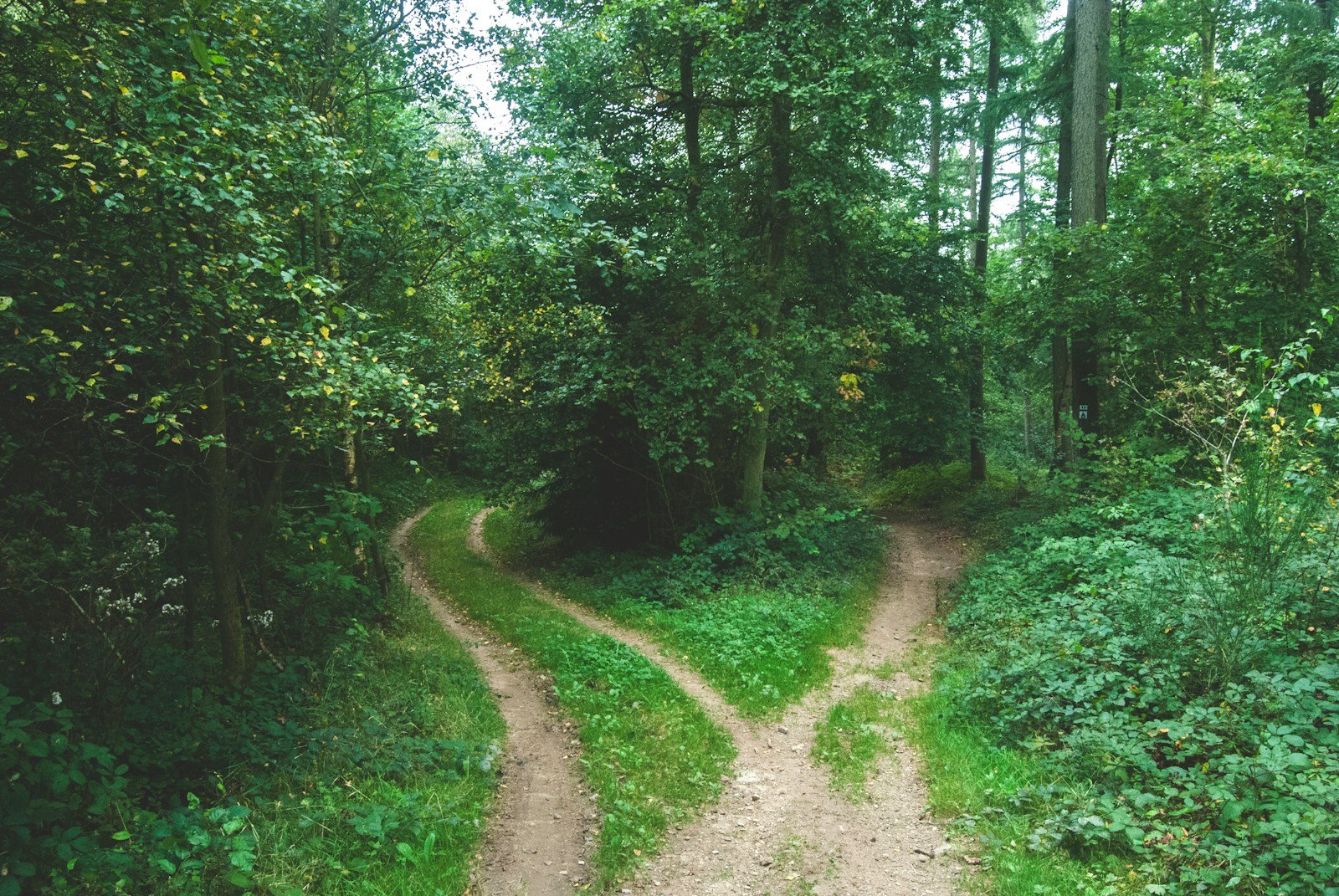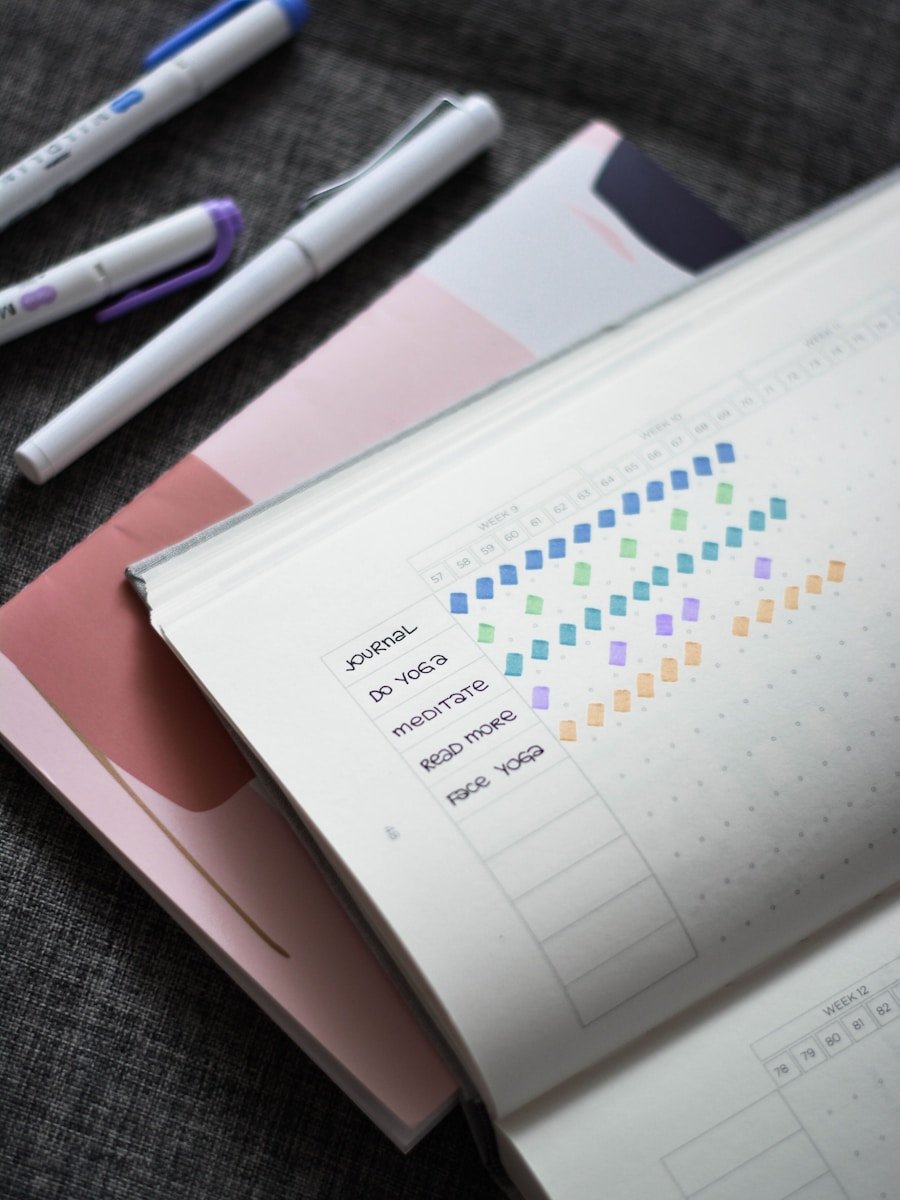Introduction
The ability to think creatively and foster innovation has become increasingly valuable across all spheres of life. From businesses seeking to gain a competitive edge to individuals striving for personal growth and fulfillment, creativity and innovation are the driving forces behind progress, problem-solving, and the generation of novel ideas.
According to a study by Adobe, 82% of companies believe there is a strong connection between creativity and business results. However, only 25% of employees are living up to their creative potential. This gap highlights the urgent need to cultivate and nurture creativity and innovation within organizations and individuals alike.
Key Points to Cover
This comprehensive guide will explore the following key aspects of boosting creativity and innovation:
- Understanding Creativity and Innovation
- Breaking Down Mental Barriers
- Fostering a Conducive Environment
- Techniques for Unleashing Creativity
- Embracing Failure and Continuous Improvement
- Applying Creativity and Innovation in Practice

Understanding Creativity and Innovation
Defining Creativity and Innovation
Creativity is often described as the ability to generate novel and original ideas, while innovation refers to the process of translating those ideas into tangible, practical solutions or products. Together, creativity and innovation form a powerful combination that drives progress and enables individuals and organizations to adapt and thrive in an ever-changing landscape.
The Importance of Creativity and Innovation
The ability to think creatively and innovate has become a critical asset for individuals and businesses alike. Some key benefits of cultivating creativity and innovation include:
- Problem-Solving: Creative thinking enables us to approach challenges from fresh perspectives, leading to innovative solutions and effective problem-solving strategies.
- Competitive Advantage: Companies that foster creativity and innovation are better equipped to develop unique products, services, or processes that set them apart from their competitors.
- Personal Growth: Embracing creativity and innovation can lead to personal fulfillment, self-expression, and the discovery of new passions and interests.
- Adaptability: In a rapidly changing world, the ability to think creatively and innovate allows individuals and organizations to adapt and stay relevant in the face of new challenges and opportunities.
Breaking Down Mental Barriers
Overcoming Fear and Self-Doubt
One of the biggest obstacles to creativity and innovation is the fear of failure and self-doubt. These negative mindsets can stifle our ability to think freely, take risks, and embrace new ideas. To overcome these barriers, it’s essential to cultivate a growth mindset and reframe our perspective on failure.
Instead of viewing failure as a negative outcome, we can choose to see it as an opportunity for learning and growth. By embracing a mindset of curiosity and resilience, we can explore new avenues without the fear of making mistakes, ultimately unlocking our creative potential.
Challenging Assumptions and Conventional Thinking
Another barrier to creativity and innovation is the tendency to follow established patterns and conventions. To truly unleash our creative potential, we must challenge our assumptions and question the status quo. This involves actively seeking out diverse perspectives, questioning long-held beliefs, and exploring unconventional approaches.
By embracing intellectual curiosity and fostering a culture of open-mindedness, we can break free from the confines of traditional thinking and pave the way for groundbreaking ideas and innovative solutions.

Fostering a Conducive Environment
Creating a Supportive Culture
A supportive and encouraging environment is essential for nurturing creativity and innovation. In the workplace, this involves cultivating a culture that values creativity, encourages risk-taking, and celebrates diverse perspectives. Leaders can play a crucial role in fostering this type of environment by actively promoting open communication, embracing experimentation, and recognizing and rewarding creative contributions.
Encouraging Collaboration and Cross-Pollination
Collaboration and the cross-pollination of ideas are powerful catalysts for creativity and innovation. By bringing together individuals with diverse backgrounds, experiences, and expertise, we create fertile ground for the exchange of ideas and the generation of novel solutions.
Establishing cross-functional teams, encouraging interdisciplinary collaboration, and facilitating open dialogues can foster an environment where ideas can flourish and evolve in unexpected ways.
Techniques for Unleashing Creativity
Brainstorming and Ideation Techniques
Brainstorming and ideation techniques are powerful tools for generating creative ideas and solutions. These techniques involve structured approaches to generating and exploring ideas, often in a group setting. Some popular methods include:
- Mind Mapping: A visual technique that involves creating a diagram with a central concept and branching out related ideas and connections.
- Brainwriting: A silent, written form of brainstorming where participants write down ideas individually and then share them with the group.
- SCAMPER: A mnemonic device that encourages creative thinking by prompting participants to Substitute, Combine, Adapt, Modify, Put to another use, Eliminate, or Reverse existing ideas or concepts.
Creative Problem-Solving Frameworks
Creative problem-solving frameworks provide structured approaches to addressing challenges and generating innovative solutions. One widely recognized framework is the “Design Thinking” methodology, which involves empathizing with users, defining the problem, ideating solutions, prototyping, and testing.
Other frameworks, such as TRIZ (Theory of Inventive Problem Solving) and Six Thinking Hats, offer additional tools and techniques for approaching problems from different angles and stimulating creative thinking.

Embracing Failure and Continuous Improvement
The Importance of Failing Forward
Failure is an inherent part of the creative process and a necessary stepping stone towards success. By embracing a mindset of “failing forward,” we can reframe setbacks as valuable learning experiences and opportunities for growth.
Encouraging a culture where failure is seen as a natural part of the innovation process can foster an environment of experimentation and risk-taking, ultimately leading to more groundbreaking ideas and innovative solutions.
Iterative Improvement and Refinement
Creativity and innovation are rarely linear processes. They often involve iterative cycles of ideation, prototyping, testing, and refinement. By embracing this iterative approach, we can continuously refine our ideas, incorporate feedback, and make incremental improvements that ultimately lead to more robust and impactful solutions.
Encouraging a mindset of continuous improvement and providing opportunities for feedback and iteration can help individuals and teams unlock their full creative potential and achieve breakthrough innovations.
Applying Creativity and Innovation in Practice
Creativity in Problem-Solving and Decision-Making
Creative thinking can be a powerful tool in problem-solving and decision-making. By approaching challenges from fresh perspectives and exploring unconventional solutions, we can unlock new possibilities and uncover innovative approaches that may have been overlooked.
Incorporating creative techniques, such as lateral thinking exercises or design thinking methodologies, into problem-solving processes can help teams generate novel ideas and make more informed, impactful decisions.
Innovation in Product Development and Service Design
Innovation plays a crucial role in product development and service design. By fostering a culture of creativity and encouraging the exploration of new ideas, companies can develop unique offerings that meet the evolving needs and desires of their customers.
This can involve incorporating user feedback, leveraging emerging technologies, and embracing a mindset of continuous improvement to refine and iterate on existing products or services, ultimately delivering more compelling and competitive solutions.
Creativity and Innovation in Personal Growth and Self-Expression
While often associated with professional contexts, creativity and innovation can also play a significant role in personal growth and self-expression. Engaging in creative pursuits, such as art, music, writing, or various hobbies, can provide an outlet for self-discovery, stress relief, and personal fulfillment.
By embracing a mindset of curiosity and experimentation, individuals can explore new interests, cultivate their passions, and unlock their creative potential, leading to a more enriched and fulfilling life.

Additional Resources and Further Reading
For those seeking to deepen their understanding of creativity and innovation, the following resources offer valuable insights, inspiration, and practical guidance:
- Books:
- “Creative Confidence” by Tom Kelley and David Kelley
- “The Innovator’s Dilemma” by Clayton M. Christensen
- “Creativity, Inc.” by Ed Catmull and Amy Wallace
- Websites and Online Resources:
- Stanford d.school: A hub for design thinking and innovation resources.
- IDEO U: Online courses and resources for design thinking and innovation.
- Harvard Business Review’s Creativity and Innovation Articles
- Podcasts:
- “How I Built This” by Guy Raz
- “The Creative Classroom” by John Spencer
- “Innovation Hub” from Boston’s WGBH Radio
- Communities and Networks:
- Creative Mornings: A global community that hosts monthly events on various creativity-related topics.
- TRIZ Consulting Group: A community and resource for TRIZ (Theory of Inventive Problem Solving) practitioners.
These resources offer a wealth of knowledge, inspiration, and practical strategies to help you unleash your creative potential and foster a culture of innovation.
Practical Tips and Actionable Advice
To help you embark on your journey of boosting creativity and innovation, here are some practical tips and actionable advice:
- Cultivate a Beginner’s Mindset: Embrace curiosity and approach challenges with a fresh perspective, free from preconceived notions or assumptions. Strive to see the world through the eyes of a beginner, and you’ll be more open to creative possibilities.
- Seek Out Diverse Perspectives: Surround yourself with individuals from diverse backgrounds, experiences, and disciplines. Exposure to different viewpoints can challenge your thinking and spark new ideas.
- Engage in Creative Activities: Regularly engage in creative pursuits, such as journaling, art, music, or any activity that allows you to express yourself freely. These activities can help stimulate your creative muscles and provide a much-needed break from routine.
- Practice Mindfulness and Meditation: Cultivating mindfulness and engaging in meditation practices can help quiet the inner critic, reduce stress, and enhance your ability to think clearly and creatively.
- Embrace Constraints: Contrary to popular belief, constraints can actually foster creativity. By working within defined parameters or limitations, you’re forced to think more creatively and find innovative solutions.
- Experiment and Prototype: Don’t be afraid to try new things and experiment. Rapid prototyping and iterative refinement can help you bring your ideas to life and gain valuable insights for further improvement.
- Celebrate Failures and Learn from Them: Reframe your perspective on failure by recognizing it as a valuable learning opportunity. Celebrate the lessons learned and use them to inform your future creative endeavors.
- Seek Out Inspiration: Surround yourself with sources of inspiration, whether it’s nature, art, literature, or other creative works. Exposure to inspiring influences can spark new ideas and reignite your creative spark.
By implementing these practical tips and actionable strategies, you can cultivate an environment that nurtures creativity and innovation, unlocking your full potential for groundbreaking ideas and innovative solutions.
Conclusion
The ability to think creatively and foster innovation is a invaluable asset for individuals and organizations alike. By embracing a mindset of curiosity, breaking down mental barriers, and creating a conducive environment, we can unleash our full creative potential and pave the way for groundbreaking ideas and innovative solutions.
Remember, creativity and innovation are not static traits but rather mindsets and practices that can be cultivated and nurtured. It is a journey of continuous learning, experimentation, and growth, where failures are celebrated as opportunities for improvement, and diverse perspectives are embraced as catalysts for novel ideas.
By applying the principles and techniques explored in this guide, you can unlock a world of possibilities and make a lasting impact in your personal or professional endeavors. Whether it’s solving complex problems, developing innovative products or services, or simply pursuing personal growth and self-expression, the power of creativity and innovation can be harnessed to achieve remarkable outcomes.
So, embrace the challenge, step outside your comfort zone, and embark on a journey of creative exploration. The path may be filled with obstacles and setbacks, but the rewards of unleashing your creativity and fostering innovation are truly boundless.
Are you ready to unlock your creative potential and embrace the spirit of innovation? The world is waiting for your groundbreaking ideas and innovative solutions. Seize the opportunity, and let your imagination soar!







